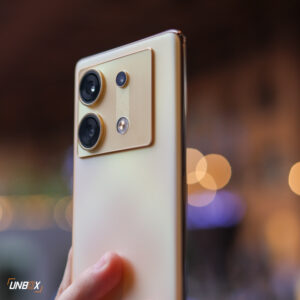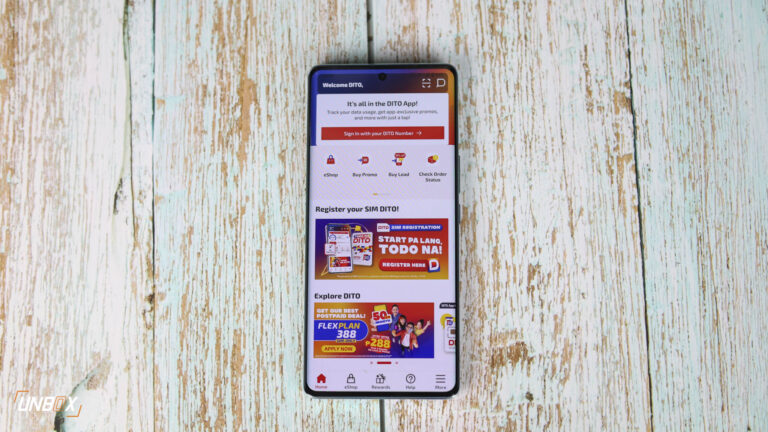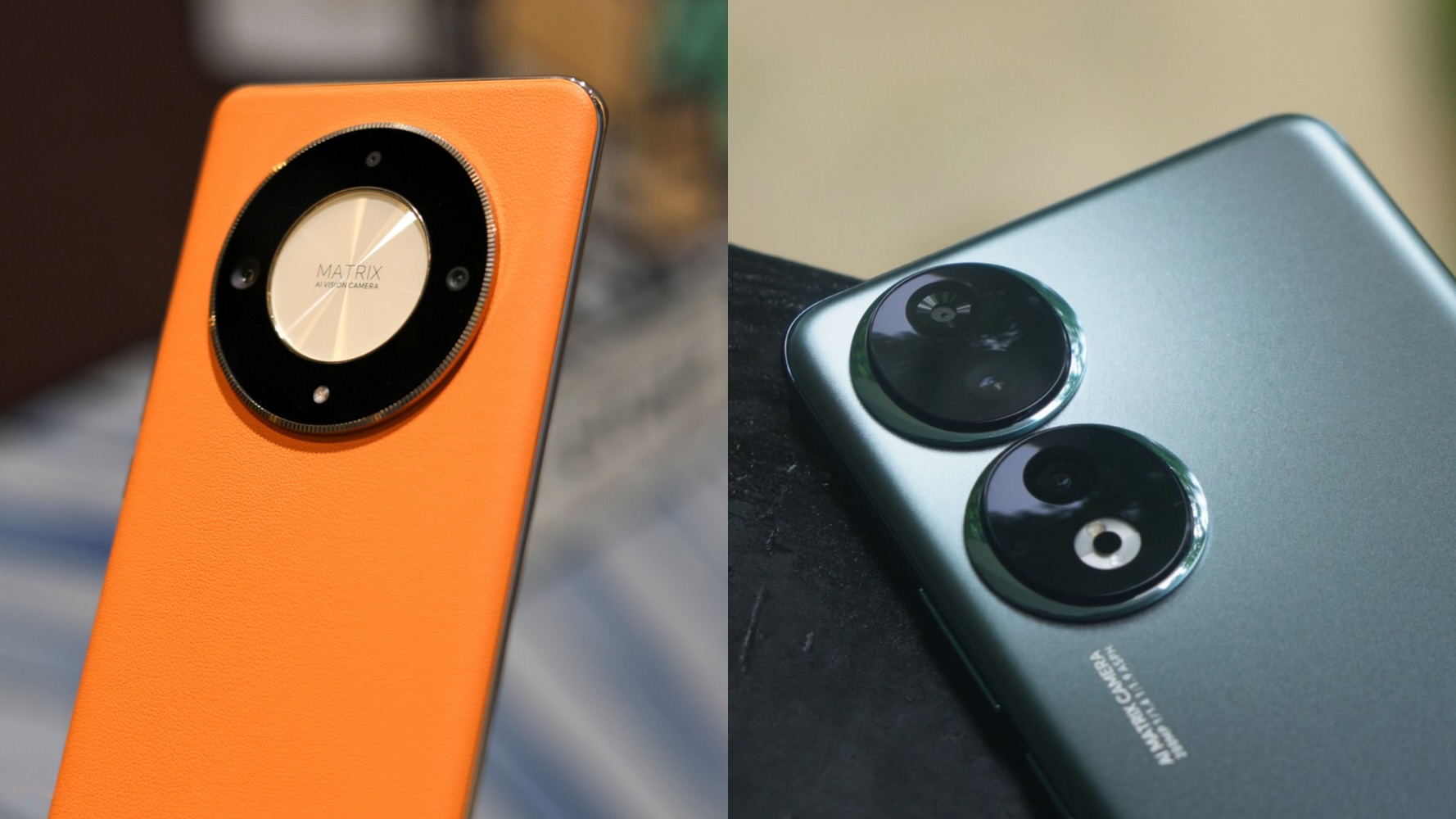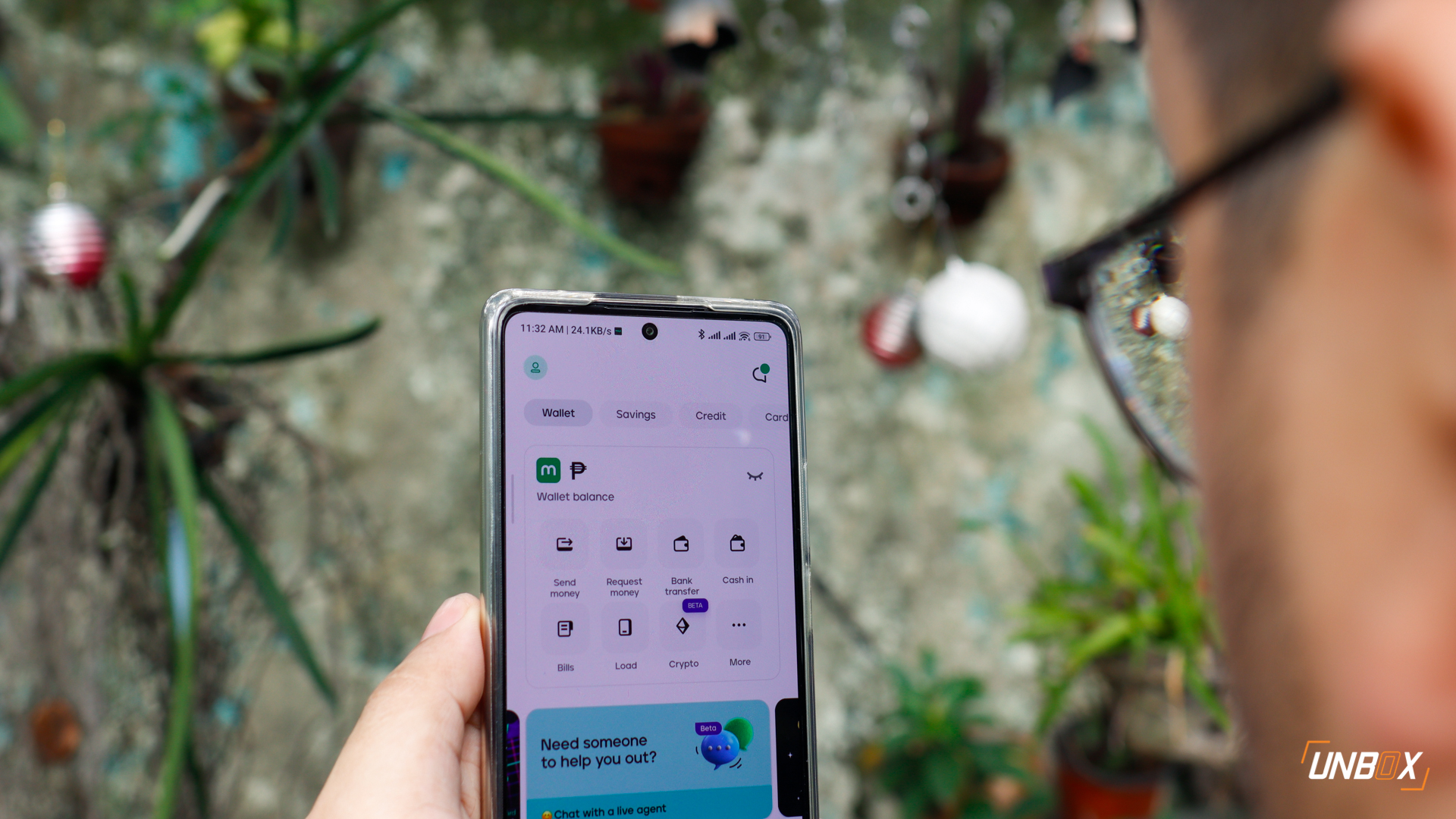
Does the “Flagship Killer” have what it takes to topple Samsung’s latest and greatest?
The OnePlus 3T versus the Samsung Galaxy S8. The latest “Flagship Killer” against the newest Samsung flagship smartphone. Which phablet will be the victor? Let’s find out!
Samsung Galaxy S8
- Samsung Exynos 8895 octa-core processor or Qualcomm Snapdragon 835 octa-core processor
- ARM Mali-G71 MP20 GPU or Qualcomm Adreno 540 GPU
- 4GB RAM
- 5.8-inch WQHD Super AMOLED display, 2960 x 1440 resolution, dual curved edge
- 64GB expandable storage, via microSD
- 12-megapixel rear camera, f/1.7 aperture, Dual Pixel, OIS
- 8-megapixel front camera, f/1.7 aperture, AF
- Fingerprint scanner, iris scanner, facial recognition, heartbeat sensor, IP68 certification, USB Type-C port, Bixby AI
- 3000mAh battery, fast charge
- Android 7.0 Nougat (TouchWiz UI)
Read: Samsung Galaxy S8 and S8+ Initial Review: Samsung’s Back
OnePlus 3T
- Qualcomm Snapdragon 821 quad-core processor
- Qualcomm Adreno 530 GPU
- 6GB RAM
- 5.5-inch FHD Optic AMOLED display, 1920×1080 resolution
- 64GB internal storage
- 16-megapixel rear camera, f/2.0 aperture, PDAF, OIS, LED flash
- 16-megapixel front camera, f/2.0 aperture
- Fingerprint scanner, USB Type-C port
- 3400mAh battery, Dash Charge
- Android 7.0 Nougat (Oxygen OS 4.0.2)
Read: OnePlus 3T Unboxing, Initial Review: The “Flagship Killer” Has Officially Arrived

Samsung edges out with its larger, bezel-thin display, at the cost of more power consumption.
Samsung has a larger display size with thinner bezels compared to the OnePlus 3T. We’re giving the edge to Samsung, for in the realm of phablets, a bigger display is definitely better, especially with smaller bezels.
As for HD screen resolutions, we’re crossing to preferential territory there. While higher HD resolutions offer sharper, crisper imagery, not everyone can see the difference. Not all eyes are created equal.
It’s important to note that some folks can’t perceive the difference between certain resolution formats. Some can’t distinguish 720p versus 1080p, while some can, but then fail to recognize the difference between 1080p and higher. That’s just the way the cookie crumbles.
So while the S8 might have a WQHD (Wide QHD) display, it doesn’t necessarily mean its display is across-the-board superior to the 3T’s FHD display. Other tech and features aside, the noticeable trade-off here is power consumption, as a higher resolution means more load on the GPU, which results in lower battery life.

The S8 wins the SoC match-up, in terms of raw hardware power, but loses to the 3T’s RAM capacity and OS optimization.
Samsung gets another point over OnePlus in the SoC match-up. Qualcomm has already said that the SD 835 boasts 20-25% better performance and efficiency over last gen’s 821, so that’s that. The 835’s GPU also sees an upgrade, so factor that in as well for all your gaming and multimedia needs.
The 3T gets a point for stuffing 6GB RAM under the hood – a whopping 50% more than the S8’s configuration. While some users might be content with 4GB RAM, more RAM is always better – with the caveat that it’s clocked as fast. Of course, there’s the issue of actually needing that much RAM, as the average user probably won’t need it.
UI and OS-wise, Samsung’s TouchWiz has improved over the years but still doesn’t hold a candle to the better UI/OS implementations out there like the 3T’s Oxygen OS and Xiaomi’s MIUI. We’ll have to give the OnePlus 3T the advantage here.

Rear goes to Samsung, front goes to OnePlus
The 3T’s 16MP rear camera is a decent performer, capable of taking decent shots in optimal and sub-optimal lighting scenarios. The Samsung S8’s 12MP Dual Pixel rear camera, on the other hand, is a gem, as it’s the same awesome camera found in the S7 Edge and Note 7. Check the online reviews for yourself and see how Samsung’s Dual Pixel tech, as well as the other built-in features, make the S8’s rear snapper one of the best in class, for now.
As for front snappers, the sheer megapixel count of the 3T’s 16MP unit outmaneuvers the S8’s paltry 8MP (which does feature a wider angle than most sensors), though both cameras aren’t exactly up to spec when it comes to selfie-oriented features. While it’s true that megapixel count is hardly a decent peg for camera performance, with online reviews lukewarm for both front cameras, we’ll just go with the one with the bigger number.

Samsung shines again with innovative features
The S8 features a fingerprint scanner, an iris scanner, facial recognition, heartbeat sensor, built-in file encryption, IP68 certification and a new AI assistant. The OnePlus 3T doesn’t have a lot of tricks under its sleeve, when compared to the S8. No “killing of flagships” in this division.

The huge gap in pricing
The Samsung Galaxy S8 is expected to ship at around Php 39K. That’s a painfully high price for a smartphone, by local standards. Meanwhile, Digital Walker has marked the latest “Flagship Killer” with a Php 25K price tag, inclusive of warranty. Other retailers have the handset at around the same price range as well.
Ask yourself if the Galaxy S8’s aesthetics, noteworthy features and brand reliability are worth the extra 14K shell-out. If it is, then go ahead and get yourself an S8, you rich guy/gal.
If not, well, then consider the S8 slain by the “Flagship Killer.” Performance-wise, we’re not expecting a huge disparity between the two. It’s really about the bling-bling at this price tier, and the S8 out-blings the OnePlus 3T by a long shot.




































































